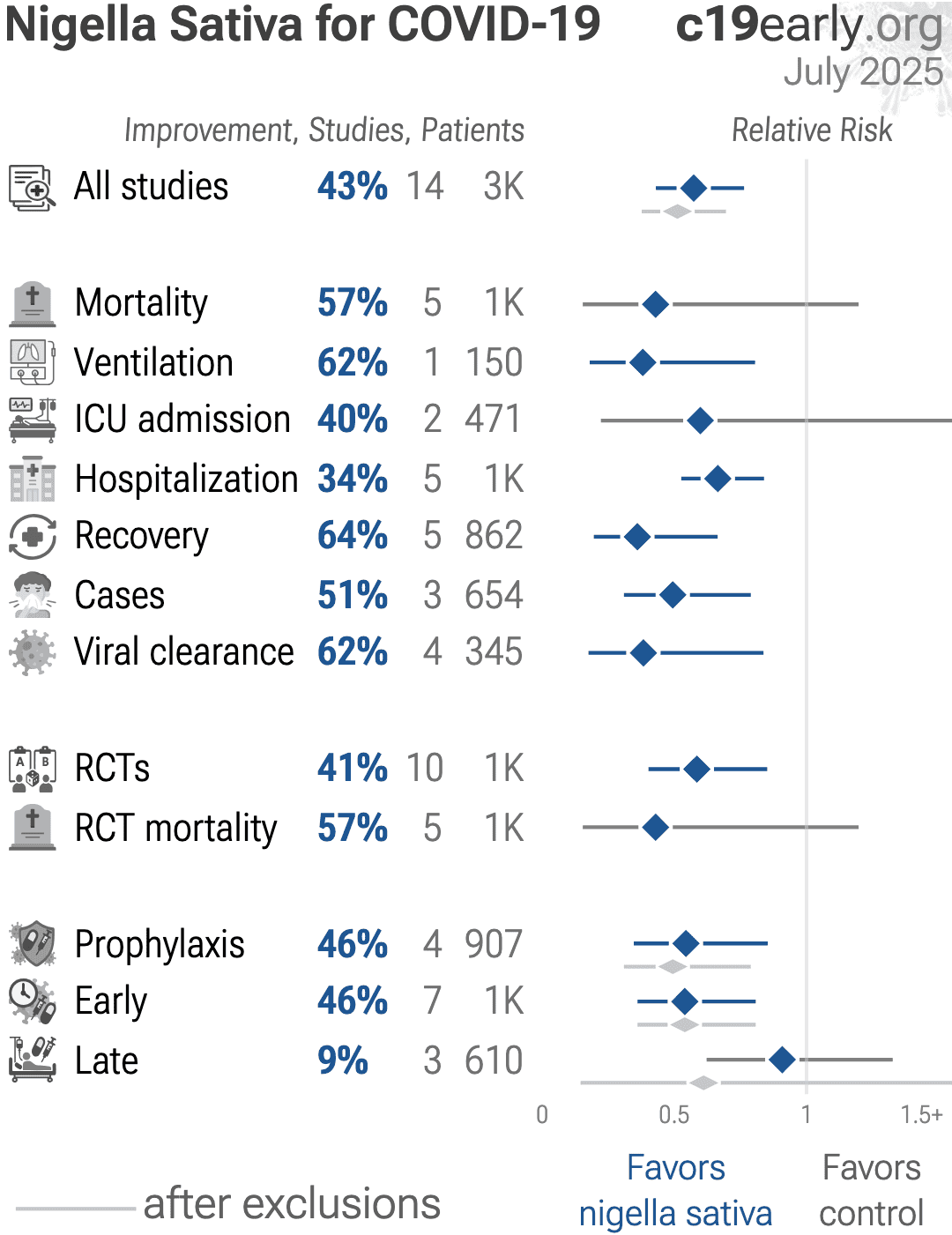Easter is a pivotal celebration in the Christian liturgical calendar, commemorating the resurrection of Jesus Christ from the dead. Its date varies each year, a result of the complex interplay of lunar cycles and ecclesiastical convention. Understanding how the Church determines the day of Easter provides invaluable insights into the broader themes of faith, tradition, and the reconciliation of differing practices within Christianity.
The basic formula for calculating Easter is based on the first full moon occurring after the vernal equinox. More specifically, Easter is celebrated on the first Sunday after the Paschal Full Moon, which is the first full moon of spring, typically falling on or after March 21. This calculation emerges from ancient Jewish tradition, where the timing of Passover, which is critical in the narrative of Jesus’ crucifixion and resurrection, is similarly related to lunar cycles.
The Council of Nicaea, convened in 325 AD, significantly influenced this method of calculation. This ecumenical council sought to unify disparate Christian practices regarding the observance of Easter that had arisen in various regions. By establishing the aforementioned formula, the Council initiated a standardized approach that the Western Church continues to follow today. This formula embodies not only a mathematical calculation but also reflects theological implications surrounding the themes of renewal and resurrection.
It is essential to note that the Eastern Orthodox Church utilizes a different method for determining Easter’s date, which can result in the celebration occurring on a different Sunday than that of the Western Church, often by a week or more. The Eastern Orthodox churches use the Julian calendar rather than the Gregorian calendar adopted by the West. This divergence adds richness to the Christian tradition by illustrating the cultural and historical variations that exist within the faith. Consequently, one can observe two distinct Easters, each marked by unique customs and rites reflective of their respective ecclesiastical heritages.
In examining the significance of Easter within Christian theology, one must acknowledge its profound implications for believers. Fundamentally, Easter symbolizes victory over sin and death, serving as the fulcrum upon which the Christian narrative pivots. This reality invites devotees into a deeper understanding of grace, redemption, and the promise of eternal life. The observance of this day is not merely a ritualistic celebration but a profound reaffirmation of faith, steeped in historical context and doctrinal significance.
Seasonally, the importance of Easter extends beyond the single day of celebration. The entire liturgical season known as Lent culminates in Holy Week, including Palm Sunday, Maundy Thursday, Good Friday, and Easter Sunday. Each of these days has its own significance and rituals, providing a comprehensive spiritual journey from reflection and penance to joy and celebration. The readings from Scripture, prayers, and hymns associated with these days contribute to a tapestry of worship that enhances the theological import of the Resurrection.
How different denominations and local congregations observe Easter varies considerably. Some may emphasize traditional liturgies, while others might opt for contemporary expressions of worship. For instance, many Protestant denominations conduct sunrise services that draw on themes of awakening, reflecting the biblical account of the women finding the empty tomb. These services often employ music, art, and community participation to foster a vibrant atmosphere of celebration and reflection.
In contrast, Roman Catholic teachings and rituals involve a rich tapestry of sacramental elements. The Easter Vigil on Holy Saturday is perhaps the most significant of these, featuring the lighting of the Paschal candle, readings that recount salvation history, baptisms, and the celebration of the Eucharist. This vigil marks Christ’s transition from death to life, inviting participants into the mysteries of faith through tangible symbols.
Moreover, the contours of Easter celebrations are enriched by cultural variations that influence Christian practice. In many cultures, unique customs have developed that reflect local traditions infused with the central message of Easter. This includes folkloric elements, traditional foods, and local rites that enhance the communal aspect of the celebration. These practices underscore how universal religious tenets can be culturally localized, creating a diverse and vibrant tapestry of Easter celebrations around the world.
Additionally, Easter’s theological implications extend beyond the confines of the Church into broader societal discussions. Concepts of resurrection and renewal resonate with themes of hope and transformation that permeate various aspects of life, inviting individuals to reflect on personal rebirths amidst trials. In an age marked by global challenges, Easter serves as a clarion call to embrace renewal, both spiritually and communally.
Ultimately, Easter is more than a calendar date; it is a profound expression of faith that binds Christians across diverse traditions in a shared celebration of resurrection. The calculations governing its observance remind believers of the intricate relationship between time, nature, and faith. Whether through grand liturgical ceremonies or intimate family gatherings, the essence of Easter transcends mere celebration to embody the foundational tenets of the Christian faith. As the date of Easter changes, its message of hope, renewal, and divine love remains timeless, inviting all to experience the profound joy of resurrection.



